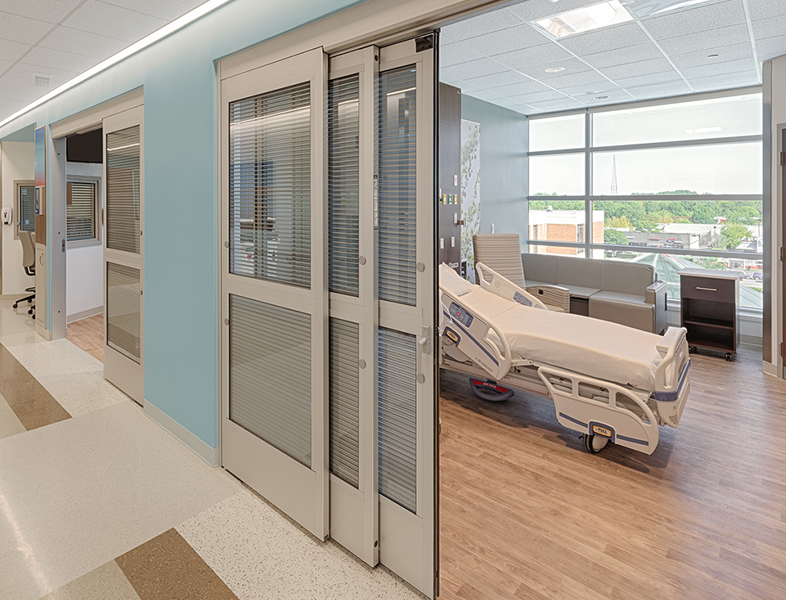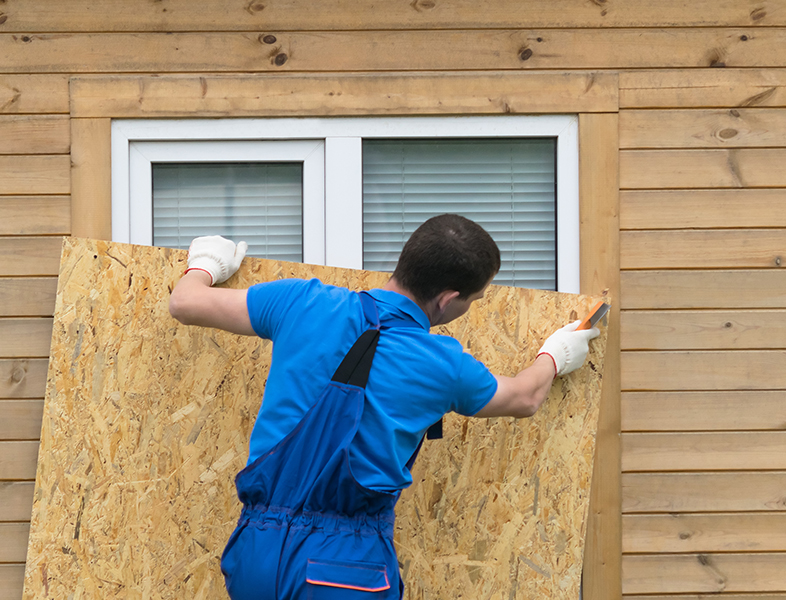The 2022 hurricane season began relatively slowly but has come on strong this fall, with big storms causing damage on Canada’s East Coast and in Florida. Indeed, anyone from the Gulf Coast will tell you the threat of a major storm is almost always present in coastal areas prone to such disruptions.
And make no mistake, we’re in the middle of hurricane season: The Atlantic and Central Pacific seasons run from June 1 to November 30, while the Eastern Pacific season runs from May 15 to November 30.
That’s not even counting the increasingly bad weather and storm damage now regularly affecting inland areas thanks to climate change.
There’s little you can do once a bad storm strikes other than wait out the storm (and evacuate if an order is in place, of course). After all, emergency preparedness experts say only six inches of fast-moving water can knock a person down. Just one foot of moving water can sweep away vehicles. It can also cause a heck of a lot of damage to a building.
But there are several things building owners can do in advance to protect your building from hurricane season and ensure it can withstand hurricane-strength winds, which can range from 74-95 mph in a category one storm to 157 mph-plus in a category five, and other damage.
Here’s a breakdown of steps building owners can take to protect their investment.
Hurricane protection: Building integrity
Civil and structural engineer (and expert on building design for wind forces) Rima Taher offers several recommendations for designing buildings able to handle wild storms:
- Design roofs with multiple slopes, such as a four-sloped hip roof, which perform better than traditional two-sloped gable roofs. Roof pitches of around 30 degrees perform the best against high winds, along with square, hexagonal, or octagonal floor plans.
- Avoid roof overhangs. Connect roofs to walls using nails or screws, not staples, and consider using hurricane clips to secure your roof even further to repel wind forces that can lift roofs right off buildings.
- Consider adding systems that reduce wind stress at a roof’s lower edge, including notched friezes or horizontal grids.
- Strengthen foundation piles with bracing and make them deep enough to reduce the chances of soil scour (when water flow makes soil loose and unstable around the edges of a foundation).
- Consider installing hurricane shutters or other protection to keep windows and other glazing products intact (more on this below).
Hurricane protection: Windows
Plenty of options exist to protect glazing products from high winds, but some might be more preferable than others, depending on your budget and other circumstances.
Impact-resistant windows (typically made from multiple panes of glass reinforced with a polymer layer) can be effective against high winds and debris. They won’t shatter into dangerous shards if the glass breaks. Another major bonus of impact windows is that you don’t need to install storm shutters or other items.
But there are other good options building owners can consider to protect your building from hurricane season. Here’s a breakdown of some of the most popular:
1. Plywood board-ups. The most basic window protection, but one that can come in pretty handy in a pinch. Be sure to use high-quality boards in good condition fastened extremely securely.
2. Storm panels. Also a fairly basic window protection, storm panels made from corrugated metal, aluminum, or rigid plastic panels can be very effective and economical. They’re typically installed before a storm and taken off afterward.
3. Hurricane fabric. Hurricane fabric is made of Kevlar (the same stuff that goes into bulletproof vests), making it relatively affordable, strong, and lightweight.
4. Clamshell shutters. Another economical option, clamshell shutters are also known as clamshell awnings. Along with providing storm protection, they also offer good shade and UV protection.
5. Rolling shutters. Roll-down hurricane shutters offer robust protection and convenience since they can be rolled up and down when required. They can be operated electronically or with manual cranks.
6. Accordion shutters. Typically fabricated from metal or polycarbonate, accordion shutters are permanently attached to the side of a building and fold up like an accordion when not in use.
7. Bahama shutters. Usually made from wood, fiberglass, or aluminum, Bahama (or Bermuda) shutters look great and are essentially one big louvered shutter that hangs from the top of a window. Another great option for increased shade and privacy.
8. Colonial shutters. Another highly aesthetically pleasing option that attaches to the sides of a window. You often see these types of shutters throughout the South U.S.
Hurricane protection: Overall preparedness
Aside from securing your building and its glazing from the damaging effects of major storms, there are a few other things everyone can do to protect your building from hurricane season.
Ready.gov says it’s a good idea to make an emergency plan in advance at your home and office (and anywhere else you frequent). Because storms (and related storm surge and other dangerous conditions) can arrive quickly, be sure to learn your evacuation routes in advance. Practice them so you’ve got them memorized, and also be sure to figure out where you’ll stay during your evacuation.
Keep your mobile phone fully charged, and ensure you have enough supplies to ride out the storm. Americans can also download the FEMA app for real-time alerts if and when disaster strikes.
Finally, prep your building by decluttering any drains and gutters, and collect and store your outside furniture or other items that could fly around in high winds.
And last but not least – help your neighbors, especially vulnerable ones, if you can. Community strength and resilience benefit everyone. Stay Safe!
News and Updates
The latest from Unicel Architectural

Smart Security Hardware: Why Your Next Window May Have Situational Awareness
- Blog, Innovation
Vision Control® Mini in Doors
Product Spotlight - Blog, Product Spotlight


